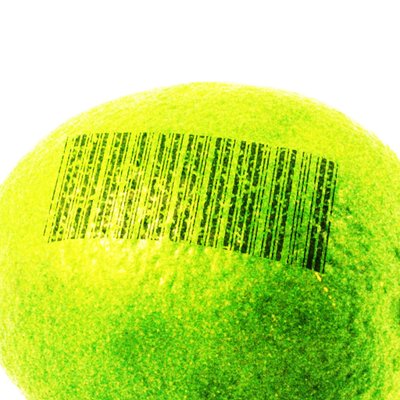
Despite all the random posts about helicopters and embedded systems on here, I haven’t really mentioned what I spend most of my time on these days…
I work in the Interactive Devices group at VMware. For people who aren’t familiar with VMware’s products, we do virtualization: software that lets you run multiple virtual computers inside your real computer. It’s good for data center management and consolidation, but I’m most interested in the ways virtualization can be used on the desktop: It’s great for running Windows apps on your Linux box, or running Windows/Linux software on your Mac using Fusion.
And that’s where our team comes in. While much of the company is focused on doing higher-level tools (user interfaces, management software, APIs) or on infrastructure that primarily benefits server products, our team is really in the heart of the virtualization technology that makes VMware tick on the desktop. We virtualize all the random desktop peripherals like the mouse, keyboard, video card, and sound card- but our team’s two big projects are USB and 3D graphics.
I’ve been working at VMware for close to 3 years now. I spent about the first half of that on USB. I did much of the work in implementing USB 2.0, and I did the original port of our OS-specific USB code to Mac OS X prior to the first release of VMware Fusion. I also implemented Isochronous transfer support (for web cams and the like), and did a lot of neat internal testing infrastructure.
I found VMware’s USB project really interesting because it meshed well with my prior experience with embedded systems and creating USB hardware. It was also a good introduction to the challenges in creating virtual hardware devices for a VM, particularly for hardware with such an un-virtualization-friendly architecture.
I still keep tabs on USB at VMware, but lately I’ve been pretty absorbed with our 3D virtualization effort.
For some background: VMware products provide their virtual machines with a “VMware SVGA device”, a made-up video card which provides legacy emulation of VGA and VESA BIOS modes, plus a vendor-specific set of 2D and 3D acceleration features. We provide drivers for this card as part of VMware Tools, and they come with recent versions of Xorg.
Our most recent releases of VMware Workstation and VMware Fusion include 3D acceleration support which is roughly on par with Microsoft DirectX 8.1, but it’s buggy in a lot of ways and it’s missing key features. Needless to say, the 3D team hasn’t been twiddling its thumbs. Our legal department won’t let me disclose exactly how much progress we’ve made or what features we will support in future products, but I can say that I’m very excited about our current work.
3D graphics virtualization is a really complex and interesting problem. Fundamentally what we’re doing is a Direct3D to OpenGL API translator (much like what the Wine project has) but it’s complicated by the fact that we also have to behave like a video card, and we also have to get the data into and out of a Virtual Machine efficiently. All said and done, the actual 3D API translation issues are only part of the story. There are also a lot of interesting resource management and synchronization problems.
It’s a really interesting project and we’re making some great progress, but we also have one big problem:
Our team is tiny. We have a substantial amount of work to do- it’s like writing a major 3D graphics driver (think ATI or NVidia), writing a game engine, and writing a complex interprocess communication system all rolled into one. Right now we have 7 developers on the project, and it feels like we could use 70.
So, if you know anyone who has a passion for 3D graphics, who knows low-level systems programming inside and out, who isn’t afraid of single-stepping through machine code in the debugger: take a look at our job postings (search for OpenGL) or send a resume to micah at vmware dot com.

